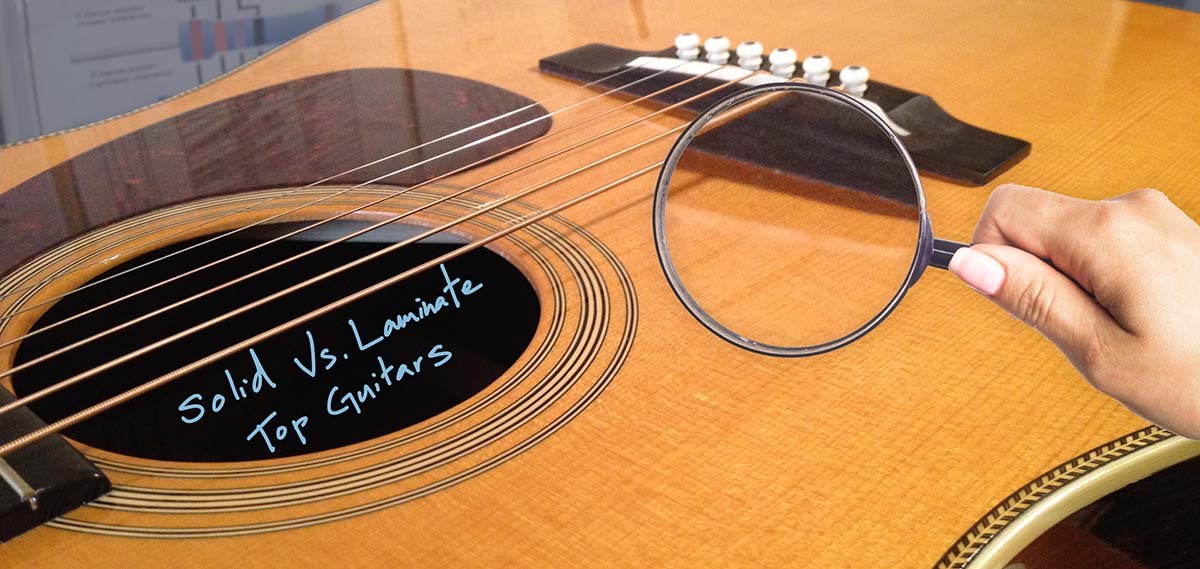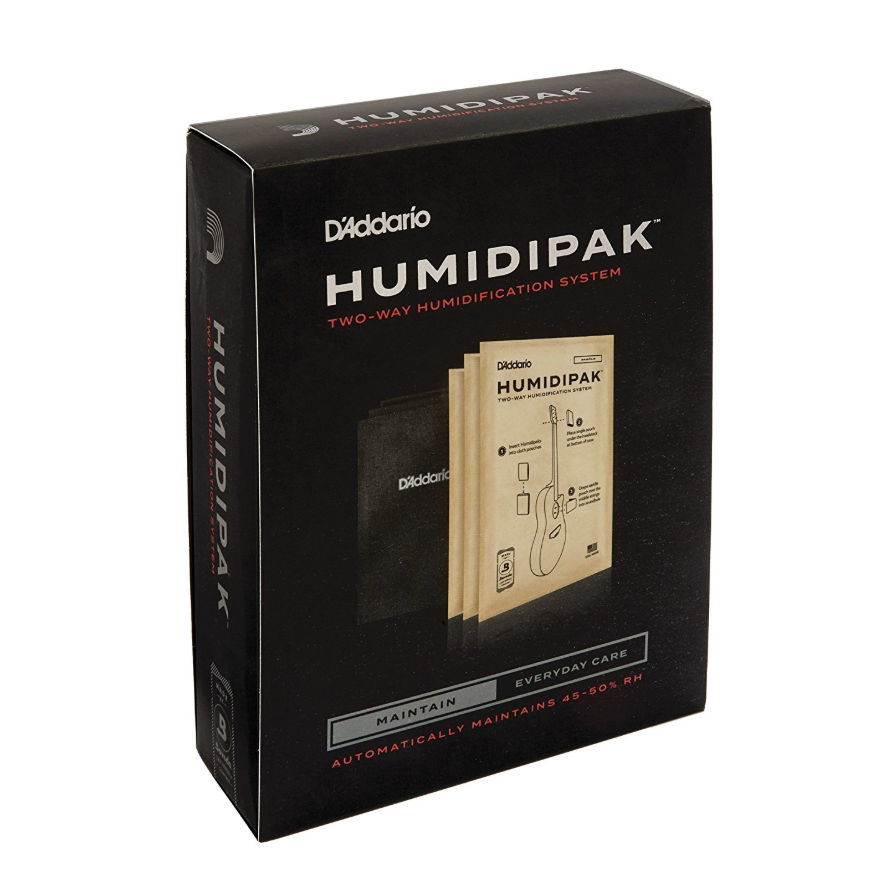If you’ve been playing guitar, or even looking into buying a guitar, for any length of time surely you’ve come across the topic of solid vs. laminated acoustic guitars. In this post, we’re going to discuss laminated guitars, how to spot them, are they really that bad, and what you need to know if you’re buying a solid or laminated instrument.
What Exactly Does Solid Top Mean?
First off, let’s get some definitions out of the way. A solid top guitar has a top made from wood that is solely that material. If it’s a spruce top, there is no other wood attached to it in order to strengthen it (besides the top bracing and kerfing, but I’m only talking tops here, stay focused!). Another point of clarification, a solid top is actually made up of two pieces of solid wood that are joined laterally. These joining lines are usually very will hidden, and may be nearly impossible to see. Using a method called bookmatching, a top is often made from sequential slices of wood which gives the top a mirrored quality. So when you hear solid top, that doesn’t mean one piece of wood, it means two pieces glued together at their sides to form the top sheet.
Check This Out!
Pick-a-Palooza DIY Guitar Pick Punch Mega Gift Pack, Amazon
What Exactly Does Laminate Top Mean?
A laminate top (also called a plywood top, ply top, or plied top), is made up of 3 sheets of wood glued together like a stack of pancakes. This offers unrivaled strength that generally stands up pretty well to changes in temperature and humidity. I’ll cover the pros and cons of each below.
The images below will tell you how to identify a guitar if you’re holding it in your hands. But what if you’re buying it online? Here’s the trick: if it’s a solid top, they will always describe it as solid spruce or solid [insert top wood]. If it just says “spruce top” beware because it’s most likely a ply, laminate top.
The one exception to this is if you’re looking at higher end guitars and they describe it with its specific type. Ex. Sitka Spruce, Englemann Spruce, Adirondack Spruce, etc. But in this case, these guitars will be well above the beginner price range where laminate top guitars will be found.
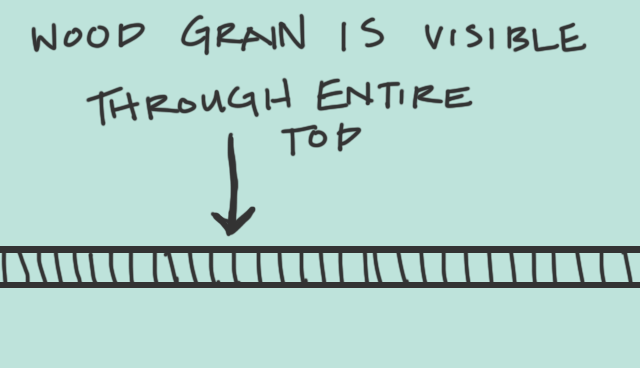

How to Visually Differentiate a Solid Top From a Laminate Top Guitar
The easiest way to check if a guitar has a solid or plywood top, is to look at the wood’s cross section as seen through the sound hole. But what if I can’t see the wood’s cross section? You might be asking. If you see some sort of insert like this guitar below, then that’s a dead giveaway that the guitar has a laminate top. Another similar tactic is to cover that cross section with the finish, blocking the grain of the wood from view.
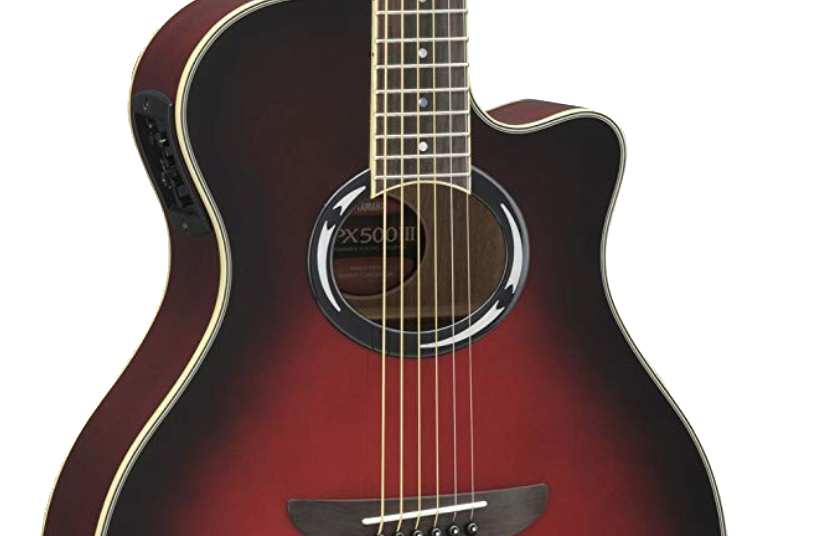
Can you see the wood grain through the entire top like this? Then you have a solid top. Is the cross section split up horizontally? Then you’re dealing with a laminated top.
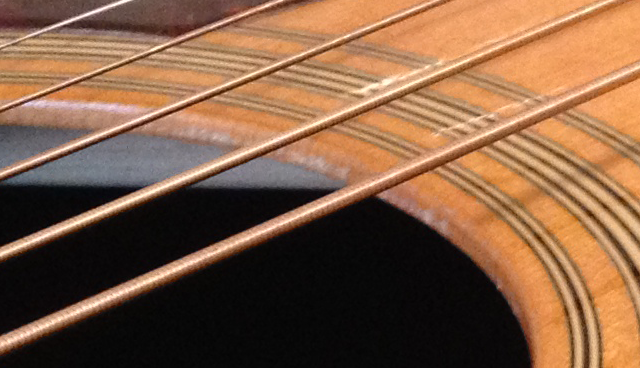
Where do you most often find examples of these guitars?
Typically, you will find solid tops in the higher end spectrums of guitars. However, recently more and more instruments in the beginner price point are starting to come featured with a solid top. Take my HOW TO BUY THE BEST BEGINNER GUITAR guide, where the two guitars I recommend are both solid top guitars, and both under $200.
When I learned how to play, that was absolutely not the case! This doesn’t mean that all laminate guitars are bad. In fact, I have played many laminate top guitars that have a very nice tone to them.
Laminate also holds up well to temperature change, humidity change, and physical abuse much more than it’s solid top counterpart. That said, just be wary of a guitar over $300 that has a laminate top. This will almost always be a guitar focused on profit and not value.
Also Read:
- Guitar Gadget Review: Pick-a-Palooza Pick Punch
- Is It Better to Practice Guitar Standing Up or Sitting Down?
- The Best Simple Recording Setup
What is the difference between a laminate and solid top?
TONE
A solid piece of wood will have a nice, full, and resonant tone that gets better with age. You will hear people use the phrase “open up” when referring to a guitar. “Man that 20 year old D-18 has really opened up, it sounds incredible!” – every flatpicker ever.
“Opening up” is the process of the wood fibers slowly loosening. What this does is provide a warm and clear tone without sounding tight. The loosening of a guitar top will also provide additional volume. One of my favorite things about the process of the guitar opening up is that it only happens with time and playing. By picking up your acoustic and putting hours on the fretboard, you’re massaging that sounds out of the guitar, and molding it into the instrument it will become. The more you play, the better it will sound!
Of course, the tone will depend largely on the type of wood the top is made out of. The most common top wood by far is spruce, and there are different kinds of spruce (sitka being the most common) that all sound slightly different. Overall, spruce will give you a clear, crisp high end for articulate notes, and a balanced base and mid response. Other top woods are mahogany, maple, and cedar.
A laminate top doesn’t necessarily produce a bad sounding guitar. However, the tone profile will be much flatter, and will not have well rounded bass tones, or crisp clear highs. Highs often will sound tinny, and the overall volume output will be less. The tone of a laminate top will not change significantly over time, so what it sounds like when you first pick it up will be what it sounds like in two decades.
VALUE
In most cases, a solid top will make a guitar more valuable, and a laminate top will keep a guitar’s value low. This is not always the case, and with vintage instruments we see some laminate top guitars with high production and craftsmanship. These guitars will retain their value accordingly. Most new guitars that use methods of plied woods are not concerned with craftsmanship or quality, but with scale and large production numbers. These are often in the lowest retail price point, and thus do not gain value with time.
LOOKS
Solid top guitars will also look better. When a guitar has a nice solid top and finish on it, it will have a depth which gives the instrument an overall sense of quality. It is one of those difficult things to pick out, but when you notice it it is very obvious. [Future guitar feature of the Martin D-18V]. The aura of a great guitar is hard to pin down, and a solid top will certainly contribute to that.
A laminate top often doesn’t have much for straight grain, but sometimes will have other figuring. Sometimes that figuring is such that it would harm the overall sound if it were a solid top. But hey, a laminate guitar is meant for its durability and value, not its looks.
Humidity Concerns
The one advantage that a laminate top guitar has is that it is very resistant to changes in temperature and humidity. This can be very nice for new players who are not concerned so much with the daily care of an acoustic guitar, and can be a great consideration when purchasing a guitar for a younger player.
A solid top, with all of its pros, much have cons as well. This is where humidity comes into play. As the seasons change relative humidity also changes, shifting and shaping wood as it goes. Guitars a typically built in 40%-50% humidity environments, and that’s what a guitar should be kept at as the top slowly dries out. Yes, you do want the top to eventually dry and acclimate to a lower humidity level, but it needs to happen very slowly. Can I stress the word slowly again? A guitar top is glued together down the longitudinal middle, and to the bracing that supports it. That bracing is a whole lot stronger and will not be moving much as the humidity changes. However, if the swing is great enough the top will shrink too fast and crack as it’s constrained to the supporting brace members. Top cracks can be repaired, but will leave the guitar sounding different, and with rigid wood patches holding the top from its full resonant range of motion.
Be extra careful if you live in a climate that gets hot and dry, or cold and dry. Be extra extra careful if you burn firewood in your house, as this dries out a room even more. It’s important to be diligent about using a humidifier during these times. I know it’s a pain, but you want to protect your investment and allow it to sound its best, and last its longest. I recommend buying a hygrometer as well to monitor the humidity in the case or in the room the guitar is kept in. If the guitar is kept in the case, then you can use a humidifier like this:
If the guitar is left out on a stand, or wall mount then you’ll want to use a humidifier like this:

Whether you decide to buy a laminate top guitar because of value, or a solid top guitar because of… well pretty much every other reason, you now know what to look for and how to take care of a solid top guitar. As always, check back often and go pluck some notes on that guitar!
